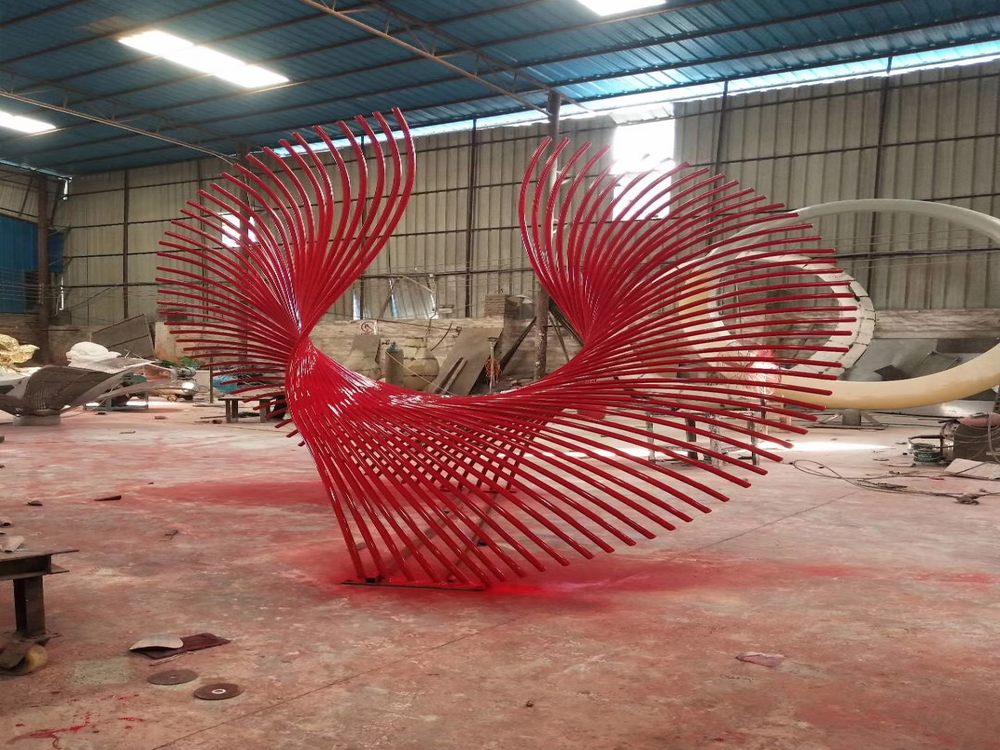
Porcelain, known for its delicate beauty, presents a unique challenge for artists working on large or intricate sculptures. To address its fragility, artists employ a combination of technical mastery and creative problem-solving.
One key approach involves reinforcing the internal structure. Many sculptors use armatures—metal or wooden frameworks—to support the weight and prevent collapse during the drying and firing stages. Others layer thin sheets of porcelain over these frameworks, allowing for both strength and intricate detailing.
Firing techniques also play a crucial role. Artists often bisque-fire sculptures at lower temperatures before applying glazes, reducing the risk of cracking. Some even divide large pieces into modular sections, firing them separately before assembling them with strong adhesives or hidden connectors.
Innovative material blends have expanded possibilities. Mixing porcelain with additives like paper fibers or grog (ground fired clay) enhances durability while maintaining the material's signature translucency. Contemporary artists also experiment with slip casting and 3D printing to achieve complex forms with greater structural integrity.
Beyond physical solutions, many artists embrace porcelain's fragility conceptually. Some intentionally incorporate cracks or imperfections, turning potential weaknesses into powerful artistic statements about transience and resilience.
These evolving techniques demonstrate how artists continue pushing porcelain beyond its traditional limits, transforming a notoriously fragile medium into a vehicle for bold, large-scale expression.

